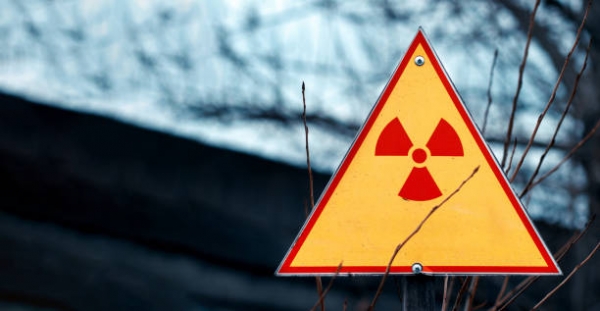What are nuclear weapons?
Nuclear weapons are "devices designed to release energy in an explosive manner as a result o nuclear fission, nuclear fusion, or a combination of the two processes". These weapons are the most dangerous ever developed, being capable of destroying entire cities, killing millions of people and causing large-scale and long-term human suffering. The development of nuclear weapons began during the Second World War and massively incremented during the Cold War. These weapons have been employed in warfare only twice, when the United States (US) dropped two atomic bombs on the Japanese towns of Hiroshima and Nagasaki, destroying the towns and killing hundreds of thousands of civilians. These two dreadful events pushed the international community to regulate the employment and production of these weapons through the early efforts represented by the Nuclear Test-Ban Treaty of 1963 and the Treaty on the Non-proliferation of Nuclear Weapons of 1968 (TNP). Nowadays, there are eight States in ascertained possession of nuclear weapons, of which five, namely the US, the United Kingdom, Russia, China, and France, are parties to the TNP, while three others, namely India, Pakistan, and North Korea, are not parties to the treaty, having developed the weapons after its entry into force. As of 2019, Russia and the US retain the biggest arsenals of nuclear weapons, owning respectively 6,500 and 6,185 nuclear warheads.
How is it affecting civilians?
Being highly indiscriminate, nuclear weapons have devastating effects on the civilian population. The short-term impact can result in instant death, produced by the blast, thermal, and ionizing radiations, for anyone within 800m of 1kt nuclear explosion. The long-term effects are related to the mutations that the radiations can cause to the DNA and the chromosomes, causing cancer, mostly breast, lung, thyroid, pancreas, skin, brain and blood cancer, infertility, and chronic diseases. These genetic mutations are likely to be passed onto the next generations as well. In addition to the devastating effects on human health, these weapons also cause dramatic environmental and socio-economic effects. The radioactive contamination produced by the blast can render entire cities uninhabitable and land not usable for agricultural purposes. This contamination, in addition to the destruction of communication infrastructure and structural damages, makes access to affected zones extremely dangerous and hampers reconstruction and development in these areas.
What is the international community doing about it?
Concern about the dangers of nuclear weapons has gradually shifted from a national security scope to a broader humanitarian one. Indeed, several States, international organizations, and movements such as the International Committee of the Red Cross and the International Campaign to Abolish Nuclear Weapons (ICAN) have pressed the international community to recognize nuclear weapons as a humanitarian issue. In addition to the early developments in the regulation of nuclear weapons represented by the TNP and other international treaties signed during the Cold War, recent developments marked further progress in the prohibition of these weapons. In 2013, Norway launched the Humanitarian Initiative, a series of international conferences led by the General Assembly of the United Nations (UN) to negotiate a treaty banning nuclear weapons. The Initiative led to the approval in 2017, with the General Assembly resolution 71/258, of the Treaty on the Prohibition of Nuclear Weapons banning the development, testing, production, acquisition, stockpiling, use or threat to use nuclear weapons. The Treaty reached its 50th ratification in October 2020 and entered into force on 22 January 2021. The entry into force of this treaty is a massive step forward in the prohibition of nuclear weapons, however, there is still much to do. The main nuclear powers have neither signed nor ratified the agreement, hence the Treaty lacks the means to impose restrictions to the world’s nuclear powers.
Sources:
https://humanitariandisarmament.org/issues/nuclear-weapons/
https://article36.org/wp-content/uploads/2013/02/Report_web_23.02.13.pdf
https://www.britannica.com/technology/nuclear-weapon
https://www.un.org/disarmament/wmd/nuclear/
https://www.un.org/disarmament/wmd/nuclear/tpnw/
Author: Carla Leonetti




